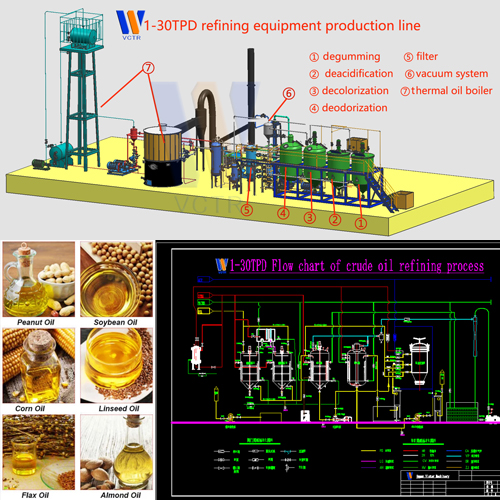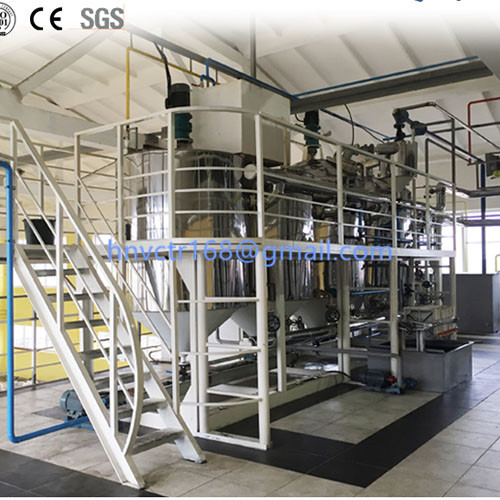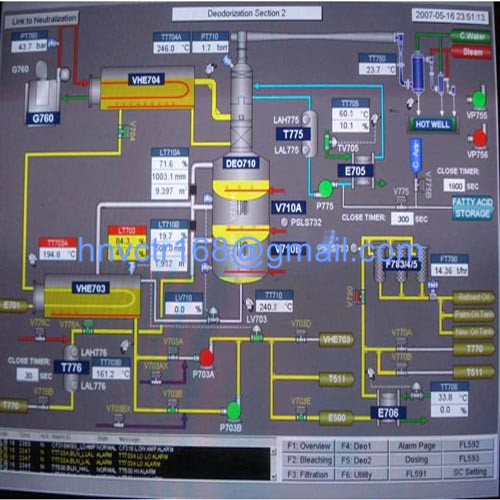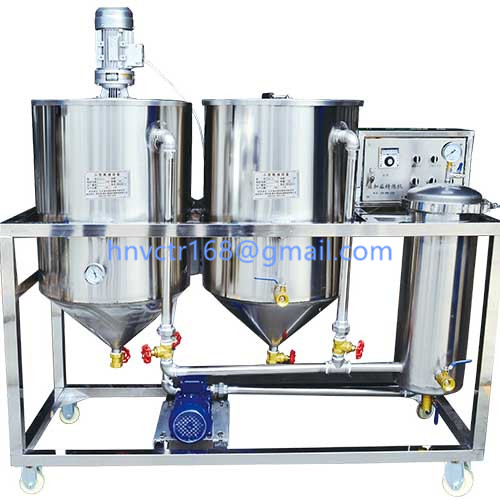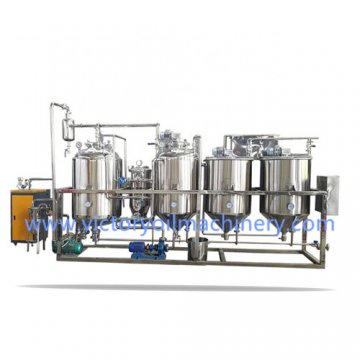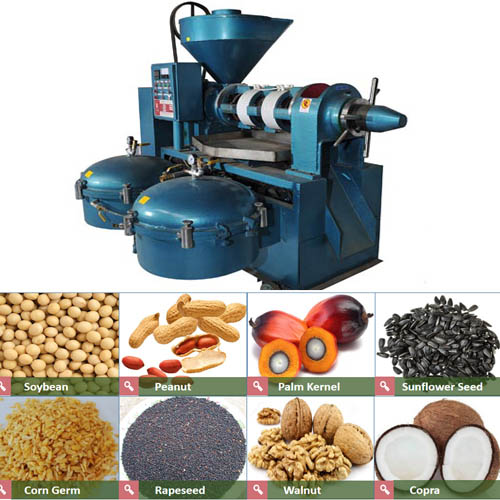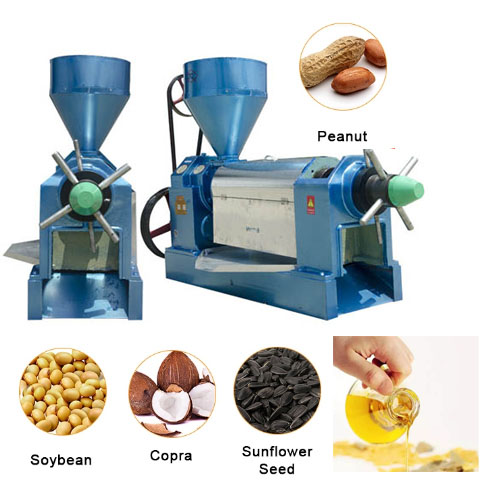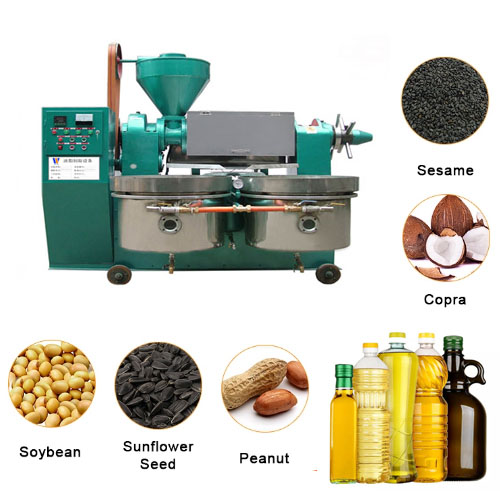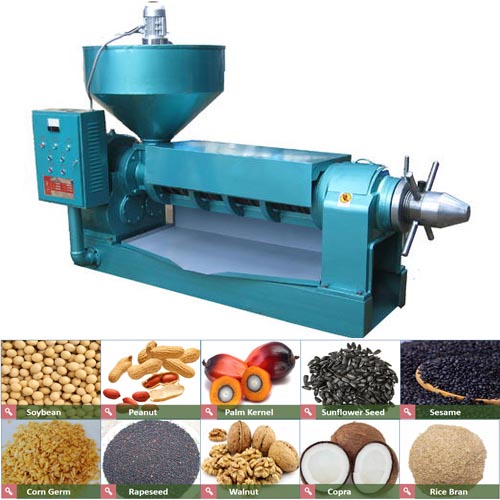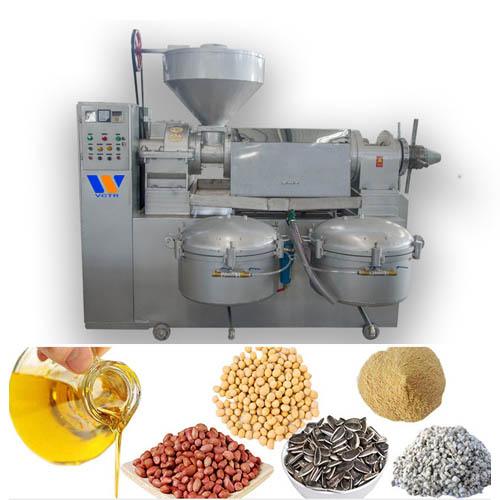The technical characteristics of aromatic rapeseed oil
Nowadays,the processing technology and refining process of aromatic rapeseed oil has become a hot topic for oil science and technology workers, and has a good development prospect.This processing technology is summarized by Henan victor Machinery Equipment Co., Ltd. according to actual production and processing cases of aromatic rapeseed oil.
1. Pressing technonogy
1) Process flow
Raw rapeseed → pretreatment → cooking → pressing → crude oil → refining.
↓
Cake→solvent extraction
2) Processing technongy description
① Raw material: Choose fresh, full-grained high-quality rapeseeds as raw materials. The oil produced by immature seeds has a higher acid value and a poor flavor. Moldy and damaged seeds are easily contaminated by aflatoxin, so immature seeds, Broken seeds, moldy seeds, and aged seeds should never be used to produce aromatic rapeseed oil. The raw material moisture control is less than 10%.
1. Pressing technonogy
1) Process flow
Raw rapeseed → pretreatment → cooking → pressing → crude oil → refining.
↓
Cake→solvent extraction
2) Processing technongy description
① Raw material: Choose fresh, full-grained high-quality rapeseeds as raw materials. The oil produced by immature seeds has a higher acid value and a poor flavor. Moldy and damaged seeds are easily contaminated by aflatoxin, so immature seeds, Broken seeds, moldy seeds, and aged seeds should never be used to produce aromatic rapeseed oil. The raw material moisture control is less than 10%.
② Processing technongy-Pretreatment: Including cleaning, stone removal and magnetic separation. The inorganic impurities contained in the oil mainly include dust, sand, stones, tiles, metals, etc. The organic impurities are mainly stems and leaves, husks, wormwood, hemp rope and various grain seeds;The oily impurities are mainly pests and diseases seeds, unsaturated grains seeds and Dissimilar oil.This process uses permanent magnet cylinders, dry stoner, vibrating cleaning screens and other equipment to remove impurities such as sand, stones, tiles, metals, etc., to avoid strong friction on the equipment, which may cause greater damage to the equipment, thereby extending Equipment service life.Clean the stems and leaves, husks, wormwood, hemp rope and other impurities to avoid darkening of the crude oil color, increase of sediments, and increased refining consumption.Excessive impurities in the cake will reduce its use value. If the impurities occupy a certain volume, it will increase the burden on the equipment. At the same time, the long fiber impurities such as wormwood and hemp rope in the oil are easily entangled on the rotating shaft of the equipment, affecting Process effect, increase power consumption, and even block the import and export of equipment, causing production accidents and equipment failures. The impurity content index after cleaning should be less than 0.5%, and the useful oil content index in the scraps after cleaning should be less than 1.5%.
③ Processing technongy-Cooking: Cooking is a key process in the production of aromatic rapeseed oil. The fragrance of rapeseed oil is directly related to the cooking temperature. If the temperature is too low, the fragrance will be weak; if the temperature is too high, the oil will burn easily. It has been determined that when the oil yield is the highest, the ideal cooking temperature is 180~200 ℃. Due to the different moisture content of raw materials, the moisture content of ripe seeds can meet the requirements by extending or shortening the time of cooking. This seed cooking equipment uses drum electromagnetic heating wok.
④ Processing technongy-Pressing: The ripe seeds are distributed to the power screw oil press through the screw conveyor for pressing, and the residual oil in the cake is about 7%. The obtained crude oil settles in the clarifying tank, and after the residue is removed, it enters the next stage of refining process, and the obtained residue is pressed again. The pressed cake from the oil press goes to the solvent extraction workshop to further extract the remaining oil in the cake.
The operating parameters of the oil press: YZYX130 oil press 28-40r/min processing rapeseed output 8-10 tons/24h motor power 15kw.
The characteristics of the oil press: This process adopts the traditional method of pressing rapeseed oil, and uses the screw extrusion process. Because the machine has a small pressing barrel space, the amount of oil pressed in a single time is low. The advantage is to ensure that there is more mechanical action of "grinding rapeseed" during the pressing process, and all the ground food can emit the inherent fragrance taste of the food. Therefore, the aroma of its rapeseed has been completely "divergence" and"awakened."
High oil output rate-Compared with old-fashioned equipment, the normal oil output rate can be 2 to 3 percentage points higher, and every 100 catties of rapeseed processed can increase by 2-6 catties on average. The annual economic benefits are very considerable.
Energy saving-The same output can reduce the electric power by 40%. Calculated by saving 6 kWh per hour, the daily production can save 30 yuan in electricity costs.
Labor saving-The same output can save 60% of labor, and 1 to 2 people can organize production, which can save about 40 yuan in labor per day.
Wide range of applications-One machine for multiple purposes, can press more than 30 kinds of oil crops such as peanuts, flax, sesame, rapeseed, sunflower, cottonseed and soybean. Multi-stage pressing, pressing clean at once.
⑤ Processing technongy-Introduction to refining process
To retain the strong aroma of rapeseed oil, it is impossible to use the refining methods of general rapeseed oil to refine the virgin "aromatic crude oil". In the general refining process of modern oils, adsorbents such as bleaching earth are needed for adsorption, and alkalis are needed to synthesize its "acid value". These refining methods will bring odors other than the original fragrance to the oil.and remove the vitamin E and other beneficial ingredients that are rich in the oil, and at the same time it reduces or even completely removes the strong and unique vegetable oil fragrance.In order to maintain the inherent strong aroma of rapeseed oil, this process does not choose these refining processes, but uses low-temperature dehydration, dephosphorization and other refining processes to effectively reduce the harmful substances and odors such as cholesterol and aflatoxin in the oil.retains many nutrient elements needed by human body, such as plant sterols, natural vitamin E, zinc, calcium, and rich fragrance.
2. The characteristics of aromatic rapeseed oil processing technongy
The unique aroma of aromatic rapeseed oil has a lot to do with its production process. In order to maintain its natural color, aroma, and taste, high-temperature hydration, alkali refining, decolorization and deodorization are generally not performed on the coriander seed oil.Rapeseed raw materials must be fresh, full-grained high-quality rapeseeds. Immature seeds, damaged seeds, moldy seeds, and aged seeds must not be used to produce aromatic rapeseed oil. Cooking seeds is a key process in the production of aromatic rapeseed oil. The aroma of rapeseed oil is directly related to the cooking temperature.
3. Oil storage
Because the aromatic rapeseed oil is obtained by pressing rapeseed, and contains a high proportion of unsaturated fatty acids (oleic acid 8%~60%, linoleic acid 11%~23%), it is relatively easy to deteriorate.In order to prevent the deterioration of the finished aromatic rapeseed oil, cooling water coils are generally added directly to the tank to control the storage temperature of the finished aromatic rapeseed oil below 20 ℃ to ensure that the storage time exceeds 12 months without deterioration.
4. Conclusion
The aromatic rapeseed oil has the characteristic aroma of rapeseed, and the taste is smooth. It is favored by the rapeseed oil consumer groups. It is also a technological revolution in the production of rapeseed oil, which promotes the further development of China's oil production technology. The preparation and refining process of aromatic rapeseed oil is an emerging research topic, and there are many researchers. The method is not limited to this one, but each has its own characteristics. The process introduced in this process has been applied in practice and has achieved success, with significant economic benefits. However, the disadvantages of this process are the long settling time, the large design of the low-temperature storage capacity, and the relatively high one-time investment. Therefore, it is worthy of further discussion and optimization, and further research is needed.
2. The characteristics of aromatic rapeseed oil processing technongy
The unique aroma of aromatic rapeseed oil has a lot to do with its production process. In order to maintain its natural color, aroma, and taste, high-temperature hydration, alkali refining, decolorization and deodorization are generally not performed on the coriander seed oil.Rapeseed raw materials must be fresh, full-grained high-quality rapeseeds. Immature seeds, damaged seeds, moldy seeds, and aged seeds must not be used to produce aromatic rapeseed oil. Cooking seeds is a key process in the production of aromatic rapeseed oil. The aroma of rapeseed oil is directly related to the cooking temperature.
3. Oil storage
Because the aromatic rapeseed oil is obtained by pressing rapeseed, and contains a high proportion of unsaturated fatty acids (oleic acid 8%~60%, linoleic acid 11%~23%), it is relatively easy to deteriorate.In order to prevent the deterioration of the finished aromatic rapeseed oil, cooling water coils are generally added directly to the tank to control the storage temperature of the finished aromatic rapeseed oil below 20 ℃ to ensure that the storage time exceeds 12 months without deterioration.
4. Conclusion
The aromatic rapeseed oil has the characteristic aroma of rapeseed, and the taste is smooth. It is favored by the rapeseed oil consumer groups. It is also a technological revolution in the production of rapeseed oil, which promotes the further development of China's oil production technology. The preparation and refining process of aromatic rapeseed oil is an emerging research topic, and there are many researchers. The method is not limited to this one, but each has its own characteristics. The process introduced in this process has been applied in practice and has achieved success, with significant economic benefits. However, the disadvantages of this process are the long settling time, the large design of the low-temperature storage capacity, and the relatively high one-time investment. Therefore, it is worthy of further discussion and optimization, and further research is needed.

